ARTICLE ORIGINALLY PUBLISHED IN TRIPSITTER. Authors: Tripsitter and Patrick McConnell
From broken bones to brain injuries, athletes are turning to psychedelics to not only heal faster but also to reach new heights of performance.
In fact, a study from last year claimed psychedelics were the third most-used substance class over the past year among professional athletes.
Despite growing personal accounts, scientific research on psychedelics and their impact on athletic performance remains limited.
While substances like THC are banned by the World Anti-Doping Agency (WADA), psychedelics are still allowed.
So, what do we actually know about the impact of psychedelics in competitive sports? Let’s dive in using four real-world examples of professional athletes who turned to psychedelics to accelerate their recovery (and one who alleges they helped him reach new performance heights).
1. Spinal Injury: Jim Harris (Professional Kite Skier)
When Jim Harris' kite slammed into a glacier in Patagonia in 2014, he broke nine vertebrae. Lying in a Chilean hospital bed, the professional photographer and mountaineering instructor couldn't move his legs.
Back in America, Harris dismissed doctors telling him to take months of rest. Instead, he found doctors who made him move a lot, while staying open to alternative treatments like Reiki or acupuncture. Working hard at physical therapy, Harris regained a great deal of muscle function in his legs.
But his immobile right hamstring frustrated him and continued to elude recovery. The struggle with this one stubborn muscle was enough to leave him reliant on a walker to get around.
That was until, at a musical festival in Colorado, Harris took psilocybin.
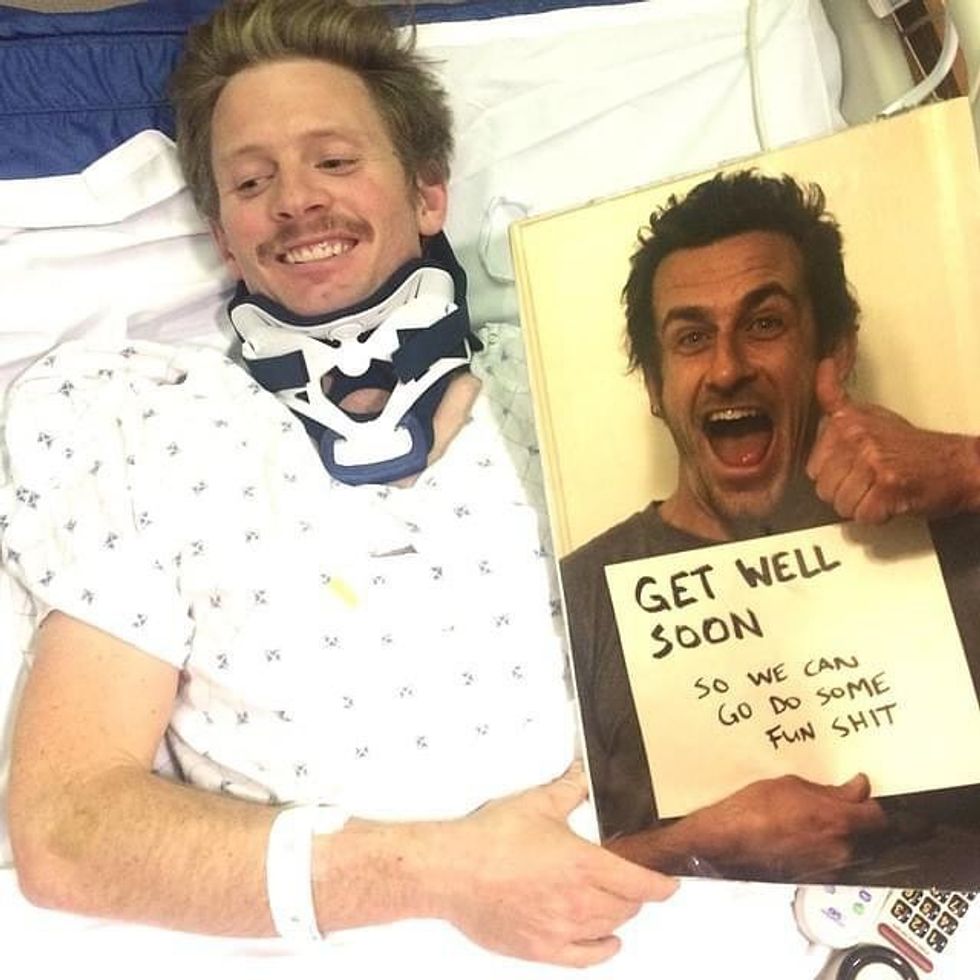
The intent was recreational — Harris felt disconnected from those around him, burdened by the walker he was forced to use. He thought taking mushrooms with his friends would help him feel more connected.
Barely listening to the Denver jam band String Cheese Incident, Harris found his right hamstring coming back to life. For the first time since his injury, Harris was able to contract his hamstring muscle.
Harris' breakthrough was nothing short of spectacular. He had been working diligently for months in physical therapy, trying to stimulate his right hamstring through conventional methods, but it wasn’t until the psilocybin experience that he saw any real progress.
Harris’ story is a powerful example of how psychedelics, in combination with physical therapy and a deep commitment to healing, can play a role in restoring not just the mind, but the body as well.
The scientific community is just now beginning to catch up to what Harris and others have experienced.
To understand how it works, we need to explore some of the science behind nerve growth and the brain’s capacity for healing.
How Neurons Regenerate
There's already a TON of attention given to the capacity for psychedelics to help rewire the brain through neuroplastic mechanisms. Surprisingly little attention is placed on the role of psychedelics for healing the spinal cord, which is just as critical for recovery, and is affected in much the same way by psychedelics.
Harris' doctors believe it was the combination of psilocybin and physical therapy that allowed him to regain control of his hamstring.
There are several theories about how this works. The most widely accepted is the idea that psilocybin (and other psychedelics) can stimulate something called brain-derived nerve growth factor (BDNF).
Think of BDNF as the "fertilizer" for your brain and nervous system. Just like how fertilizer helps plants grow stronger, healthier, and more connected, BDNF nourishes and strengthens the pathways between nerve cells, promoting neural growth, repair, and adaptability. It’s the essential boost that helps your brain and body recover and flourish, especially in times of injury or stress.
Physical therapy also generates BDNF — so the exercise and repetitive movements Harris has been working on in conjunction with psilocybin is considered a key synergistic catalyst, further amplifying the neural regeneration and recovery process.
2. Pain & Inflammation: Mike Lee (Boxer)
Mike Lee, a former boxer, spent years enduring the physical toll of the sport — headaches, back pain, and frequent injuries. After retiring, the pain worsened, and prescription painkillers became a daily crutch. In his lowest moments, Lee contemplated an escape from his suffering but found hope through psychedelic mushrooms at a retreat in Jamaica.

Over the course of two psilocybin ceremonies, Lee experienced a profound mental shift. He noted that the mushrooms helped him reconnect with his body, which led to a marked reduction in the intensity of his pain, as well as a complete transformation in how he perceived his suffering.
After leaving the retreat, Lee reported significant, lasting improvements in his physical pain and a newfound sense of mental clarity he hadn't felt in years. Lee's transition away from a daily reliance on painkillers toward a more holistic approach marked a pivotal change in his recovery.
But how exactly did psychedelics achieve this transformation? And what are the limits of their effectiveness for those seeking relief from chronic pain?
The answer lies in how these substances work on multiple levels within the body. While much attention is given to neuroplasticity — the brain's ability to form new neural connections — this is just one piece of the puzzle.
Psychedelics, like psilocybin, have a broad range of effects, with many variables contributing to their healing potential. The most relevant in this case is its interaction with the 5HT2A serotonin receptors. These fascinating receptors are responsible for the distinct hallucinogenic effects, as well as important processes such as modulating inflammation.
Conventional treatments for inflammation, such as steroids or biologics, work by soaking up inflammatory cytokines. However, these treatments often suppress the immune system as a whole, making the body more vulnerable to infections and other complications.
Some researchers believe psychedelics could offer a new option for targeted inflammation therapywithout suppressing the entire immune system.
Psychedelics are also enjoying some attention for their unconventional approach to managing pain. By modulating brain chemistry and promoting neural growth, they've been shown to help reduce both the intensity and perception of chronic pain.
Research has consistently shown that depression, anxiety, and negative mental states amplify pain sensitivity — individuals experiencing these conditions tend to perceive pain more intensely and recover more slowly. By addressing the psychological component of suffering, psychedelics may be able to break this cycle.The evidence continues to mount: while early studies (some admittedly flawed) once boldly claimed LSD outperformed conventional painkillers like Demerol and Dilaudid, today's more rigorous research confirms psychedelics' legitimate role in treating conditions ranging from cluster headaches and fibromyalgia to the notoriously difficult-to-treat phantom limb pain.
3. Concussions: Daniel Carcillo (NHL Enforcer)
NHL enforcer Daniel Carcillo logged two Stanley Cups in his career with the Chicago Blackhawks, Philadelphia Flyers, New York Rangers, and Los Angeles Kings. He also received seven concussions.
Brain scans showed damage in several brain regions, but he didn't need doctors to tell him his mental health was wavering. Carcillo could barely go out into the sunlight, and his speech was becoming increasingly slurred. When his daughter was born, instead of joy, he was overwhelmed with suicidal thoughts.
Daniel was getting desperate and turned to reading scientific studies, looking for a solution, where he read about the effectiveness of psilocybin for treating depression. He decided to try them as a ‘last-ditch effort to save his life’.
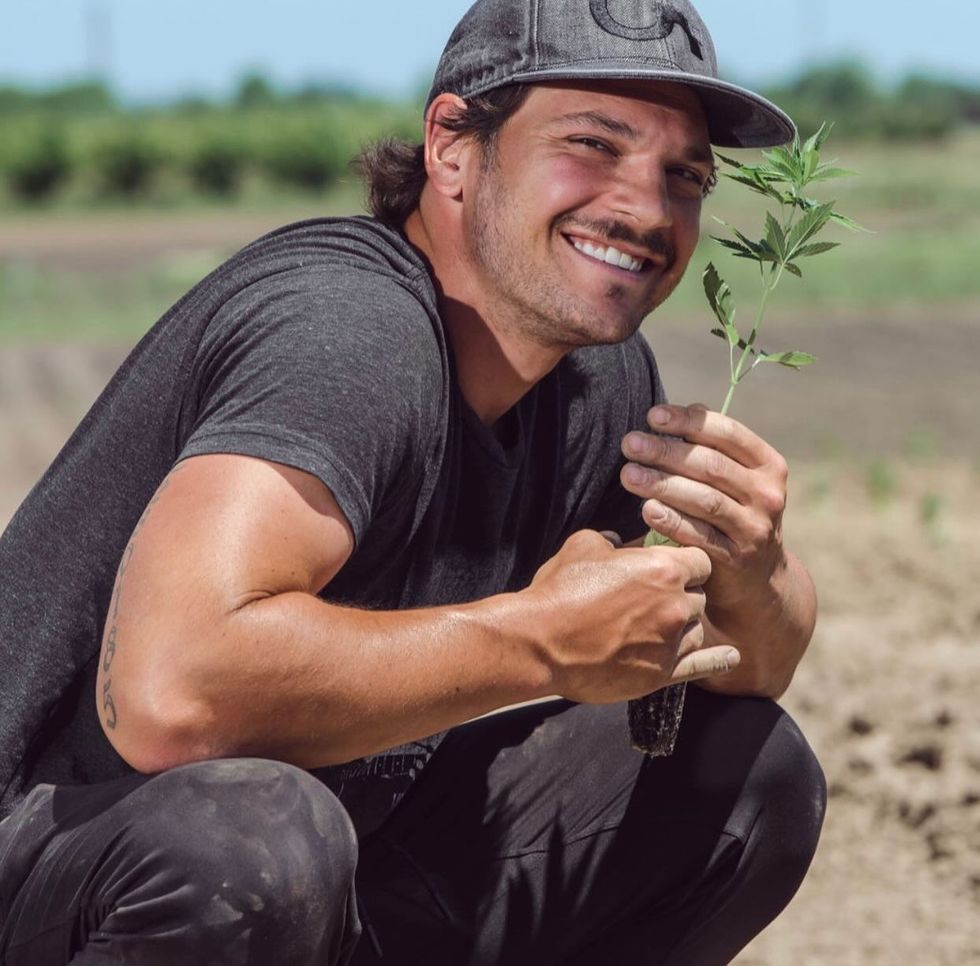
Five grams of Denver-decriminalized psilocybin shifted Carcillo's world. For the first time in a long while, he felt alive again — no longer burdened by darkness, and reconnecting with his sense of purpose as a husband and father.
But Carcillo knew that true change wouldn’t happen overnight. He adopted a comprehensive healing protocol, incorporating more high-dose trips, microdosing, and CBD (cannabidiol). Like many others who have used psychedelics for healing, Carcillo combined these substances with other therapeutic practices, knowing the journey to recovery would take effort and time.
When he returned to the doctors for a follow-up, brain scans showed substantial repair to the damage he’d suffered and his pain no longer had control over his life.
4. Traumatic Brain Injuries: Ian McCall (MMA Fighter)
In the world of combat sports, traumatic brain injuries (TBIs) are a harsh reality. Nearly one in three UFC fights results in a TBI, and athletes in sports like MMA, football, and hockey are particularly vulnerable.
Repeated TBIs can lead to chronic traumatic encephalopathy (CTE), a devastating condition that causes memory loss, impaired judgment, aggression, depression, and anxiety.
Usually, TBI symptoms fall away after seven to ten days, but for 30% of people, they persist — like they did for UFC flyweight Ian McCall.
McCall retired from the UFC addicted to opiates. He had started using painkillers during his career, even overdosing at one point on opiates, GHB, and Xanax. After retirement, he dealt with memory problems, anger issues, anxiety, and depression.
Like many athletes, McCall’s identity and sense of purpose were tightly bound to his sport, and transitioning to a life without it was both disorienting and painful.
When his daughter found relief from arthritis with CBD, and with the influence of Joe Rogan, McCall became curious about psychedelics and plant medicines.
It would be (you guessed it) high doses of psilocybin that helped McCall heal, although a few symptoms like memory impairment still persist.
McCall's situation was one shared by many athletes (Mike Tyson has also said psychedelics changed his life). However, the challenges of TBI, CTE, and finding a new purpose after a lifetime in sport are only now beginning to be openly discussed.
These conversations have sparked the interest of UFC president Dana White, who has publicly supported research into psychedelics for brain health.
5. Performance Enhancement: Doc Ellis (Baseball Pitcher)
Around noon on June 12th, 1970, Pittsburgh Pirates pitcher Doc Ellis took a tab of LSD in Los Angeles. Shortly afterward, the girl he was with glanced at the paper and informed him he had a game in six hours.
Ellis hopped on a plane to San Diego (only $9.50 in those days) and arrived an hour and a half before the game. Still, under the influence, Ellis pitched a no-hitter he would later say he could barely remember, except for bits of euphoria, hitting a few batters, and being zoned in on the catcher's glove (which he didn’t hit much).
The star pitcher had a reputation and would later be hospitalized for substance dependence, but the story became a bit of a myth in psychedelic circles, repeated as evidence that even at the highest levels of sport, psychedelics could give you an edge.

If other stories like this exist, the athletes have been keeping it to themselves. And because WADA doesn't test for psychedelics, we wouldn't know if LSD or psilocybin are the secret weapons of any other athletes.
Very little research has been done on the question of whether or not psychedelics enhance performance. Lots of speculation about microdosing for flow states and creativity is currently floating around, but serious research into performance is lacking in 2025.
Perhaps the clearest example is better mental health leading to better performance. Just watch quarterback Aaron Rodgers speak about the ayahuasca experiences that helped him move out of his lower chakras and into MVP.
The most directed study dedicated to the topic Tripsitter could find is a recent survey of Redditors taking psychedelics while engaging in sports.
It's not hard data, but the results are worth taking a look at. There is, as any psychonauts might expect, a long list of potential positives and negatives.
For example, some folks found they could perform well with simple tasks, but when things got more complicated, performance could break down.
Clear benefits included:
- Enhanced mood
- Social connection
- High level of enjoyment
- Less stress
- Motivation
- Positive attitude
- Spiritual connection
- Enhanced interpersonal perception
- Empathy
- Positive perception of previously difficult relationships
Boosts to wellbeing like these have been shown in other studies to improve performance, with one study participant saying:
“Deeper connection to family, kids, and friends. Closer connection to friends with whom I am sharing a snowboarding experience, which survives the drug and is captured in long-term memories of those experiences.”
But the point of this article is not to see psychedelics as magic bullets. They are powerful, come with significant risk, and don’t always give folks what they want.
Some negative effects include (but are not limited to):
- Impaired sleep & tiredness
- Loss of coordination and balance
- Variable headspace
- Difficulty concentrating
- Slow mental processing
- Clouded thoughts
At the end of the day, psychedelics are unpredictable. It's tough to predict whether a trip will bring on a spiritual connection or just make you feel sleepy. Or something else we can’t even put into words.
As always, set and setting play a role. But even if playing your favorite sport seems like the ultimate setting, I will state the obvious — be extra careful and communicate what you are doing for your own and others’ safety.
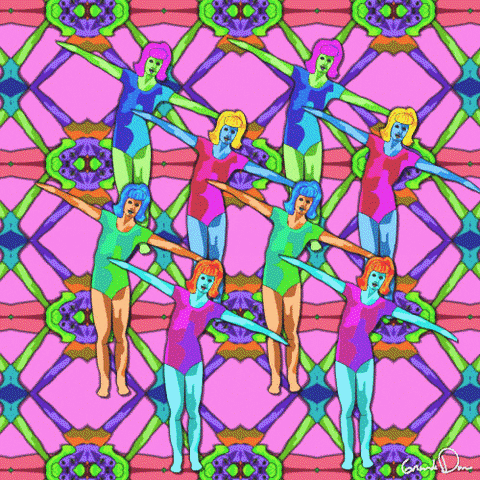

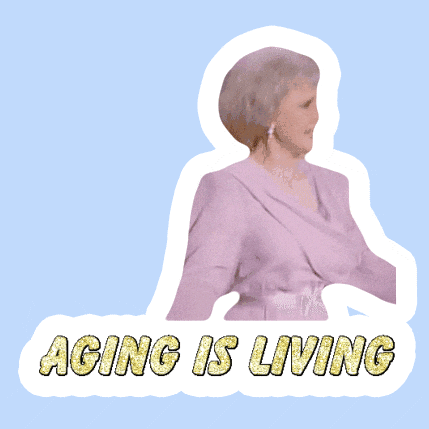
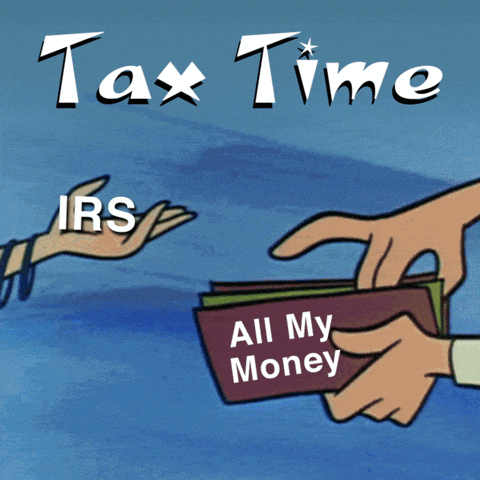


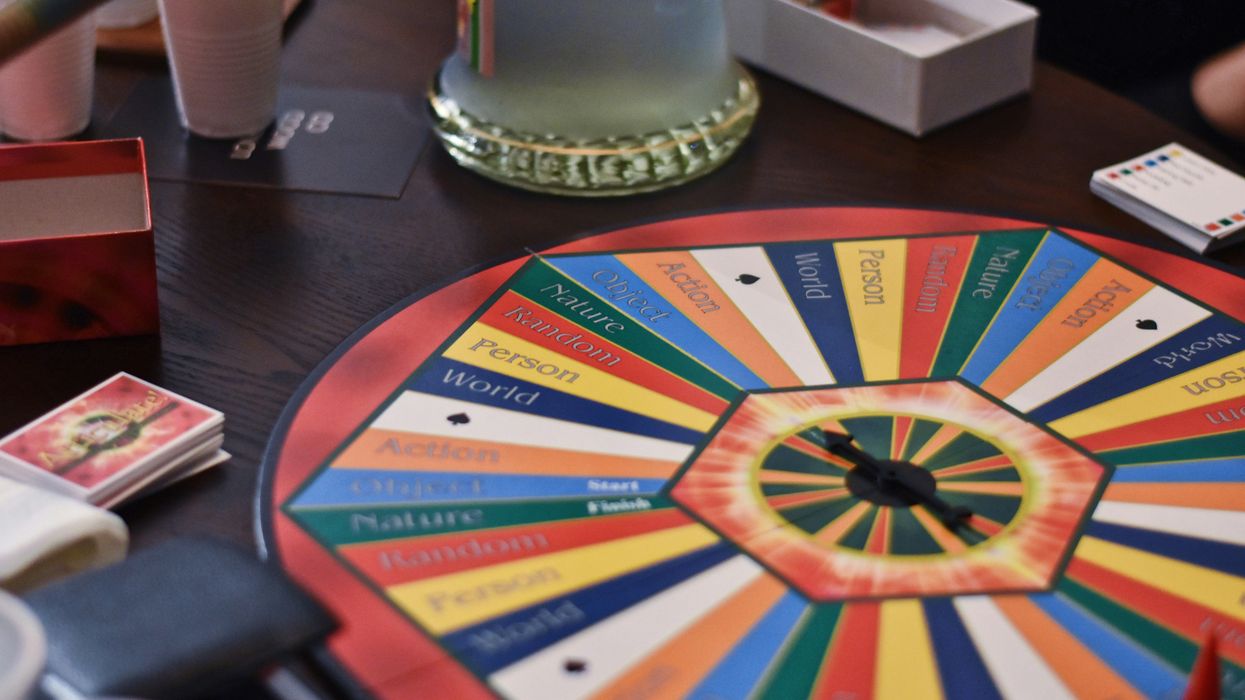
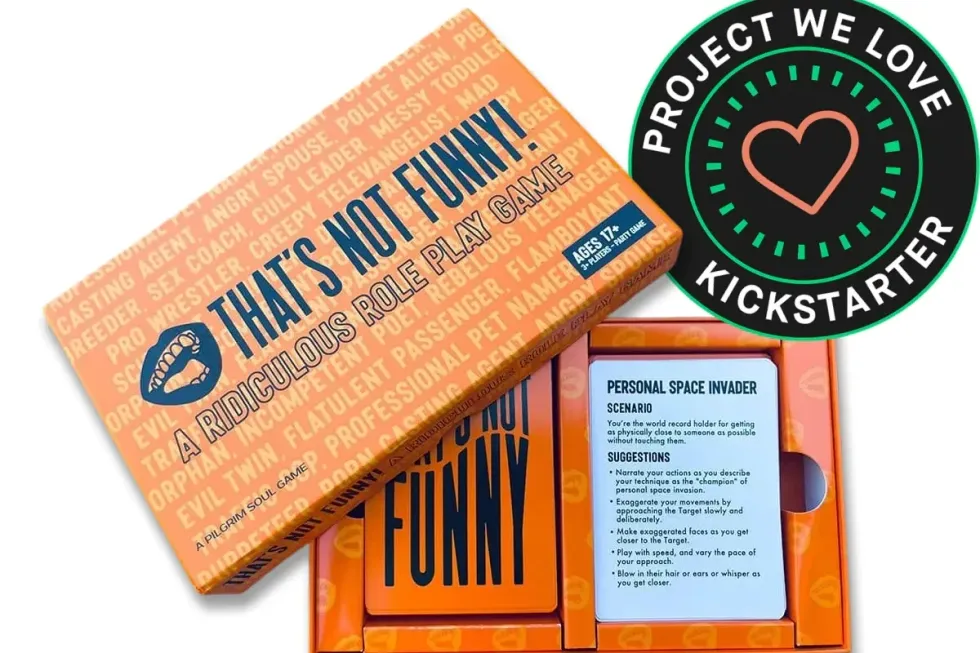
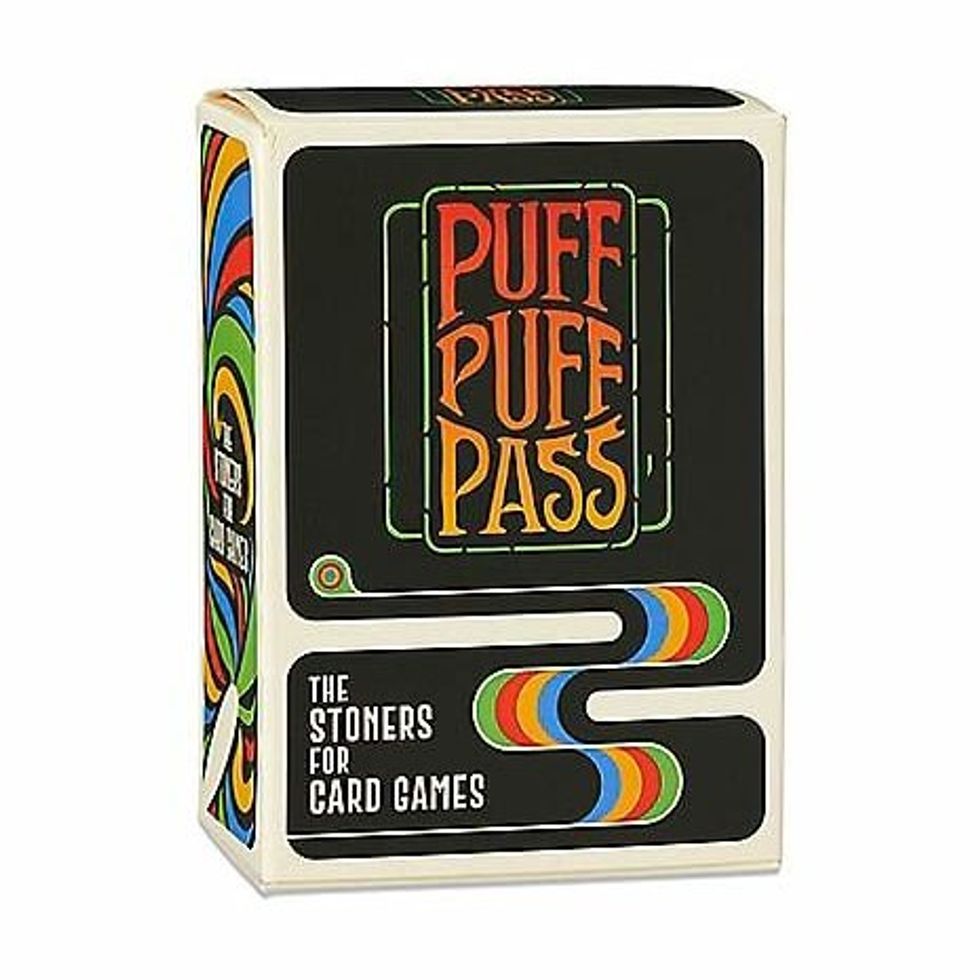

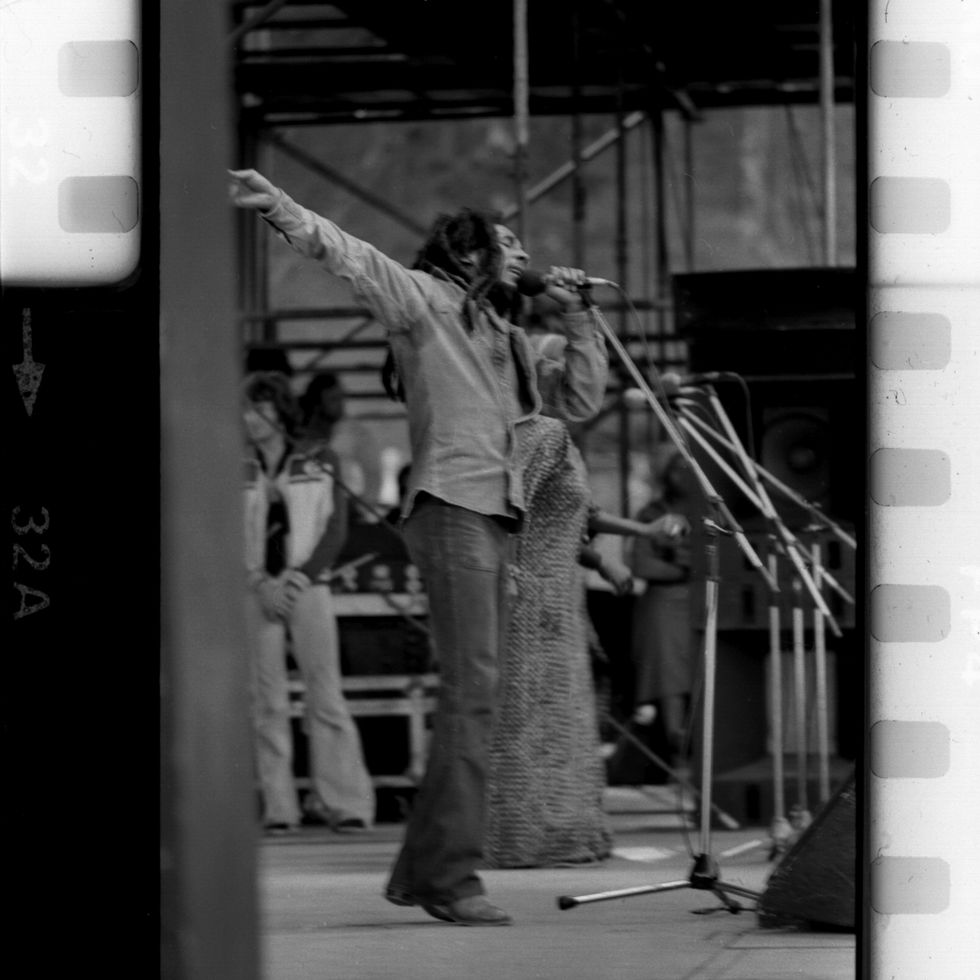 Best Weed Smoking Games to Try - Jammin'
Best Weed Smoking Games to Try - Jammin' The 31 Best Weed Smoking Games To Try
The 31 Best Weed Smoking Games To Try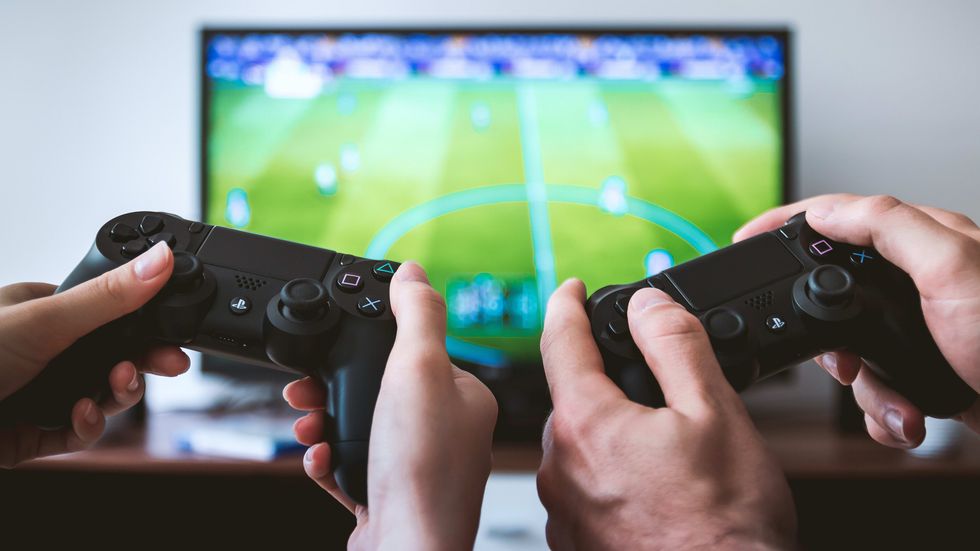 The Best Weed Smoking Games
The Best Weed Smoking Games The Best Weed Smoking Games to Try
The Best Weed Smoking Games to Try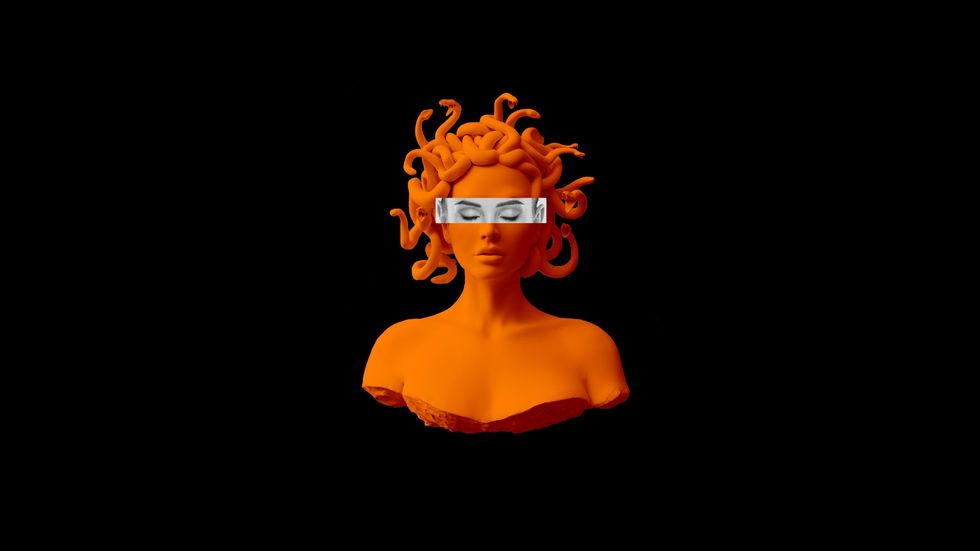
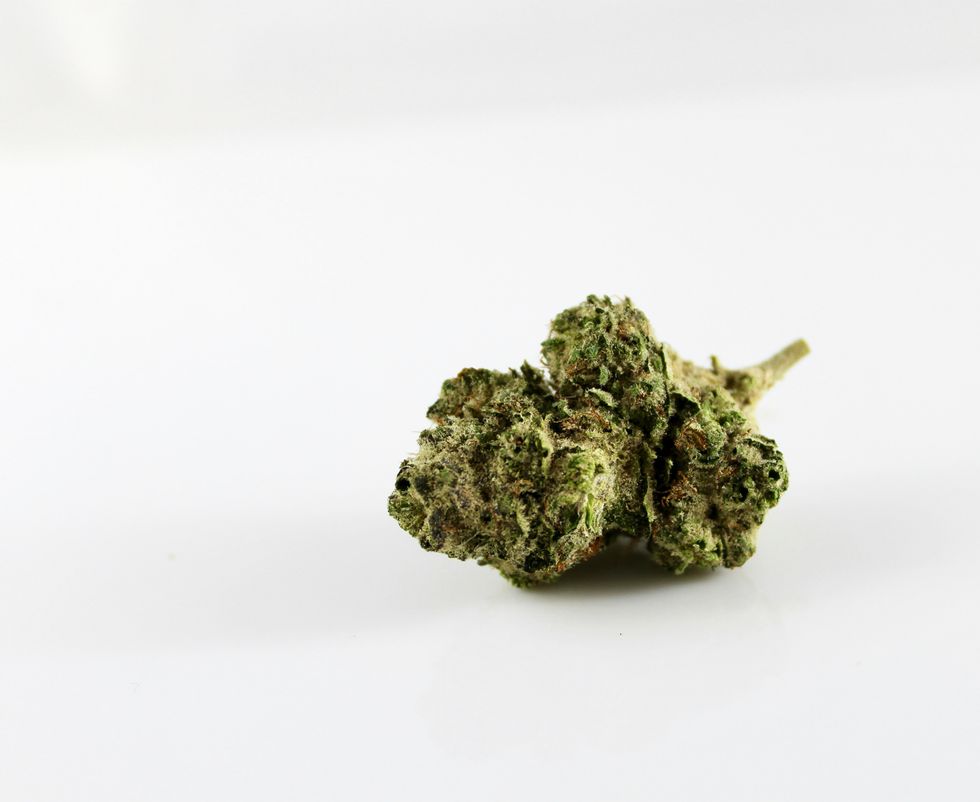
 Stoner Games - Games to Play While High
Stoner Games - Games to Play While High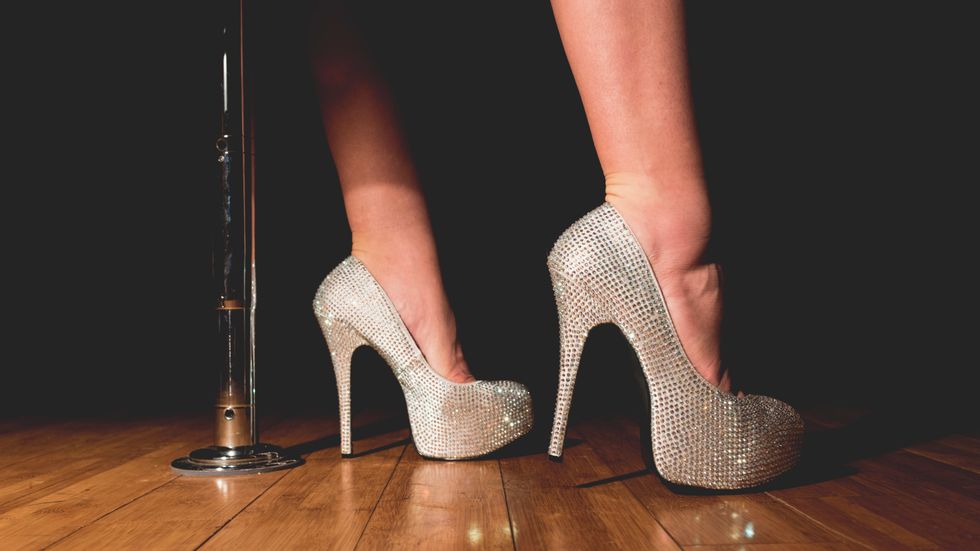 The Best Weed Smoking Games to Play
The Best Weed Smoking Games to Play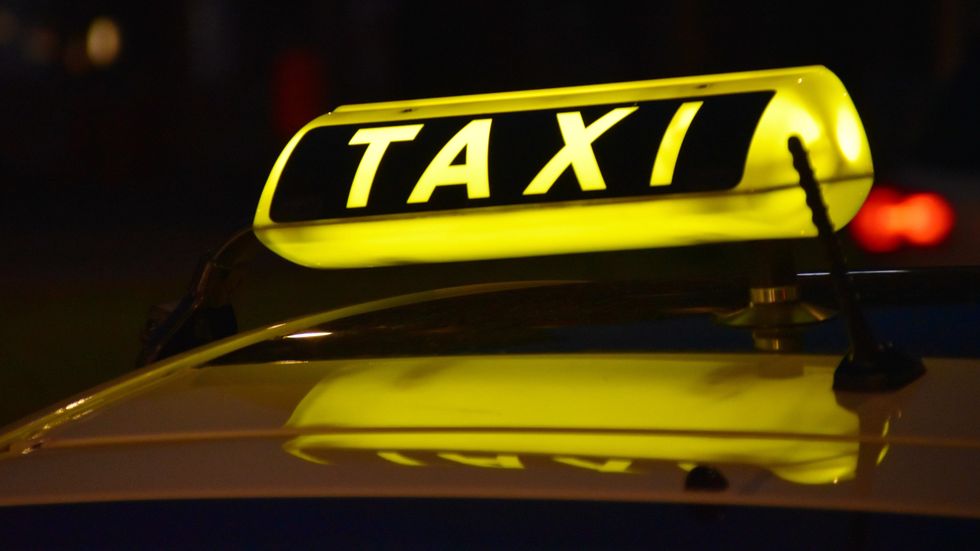 The Best Weed Smoking Games to Try
The Best Weed Smoking Games to Try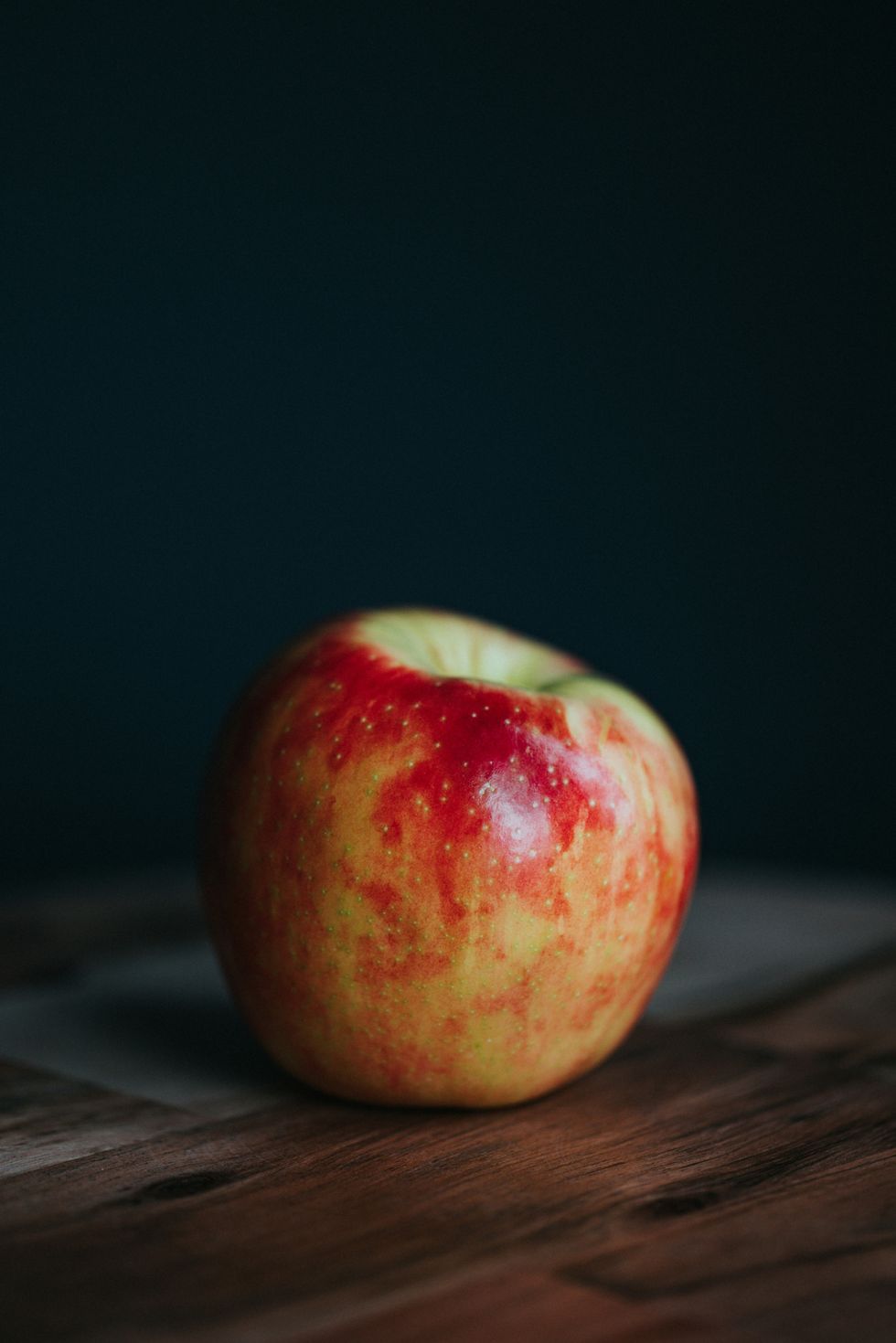
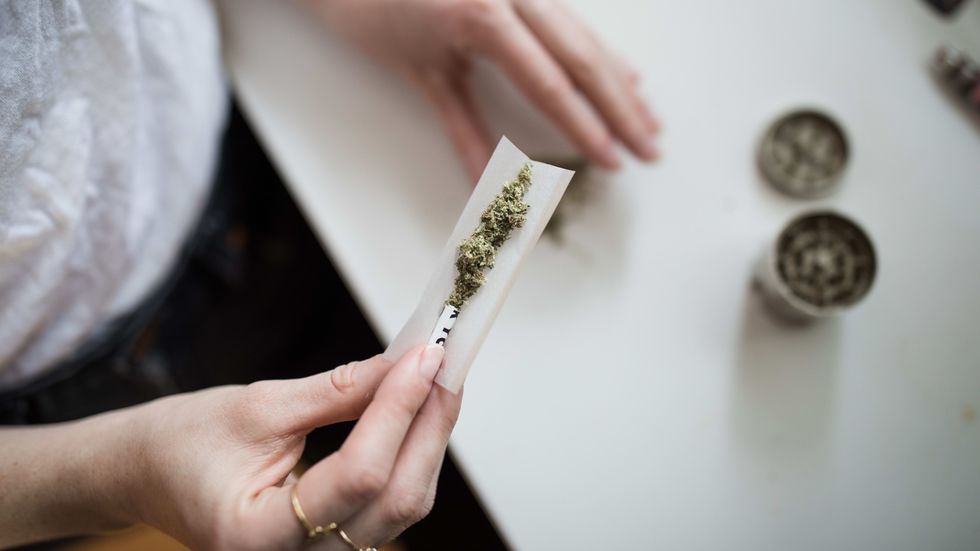 The Best Weed Smoking Games to Try
The Best Weed Smoking Games to Try
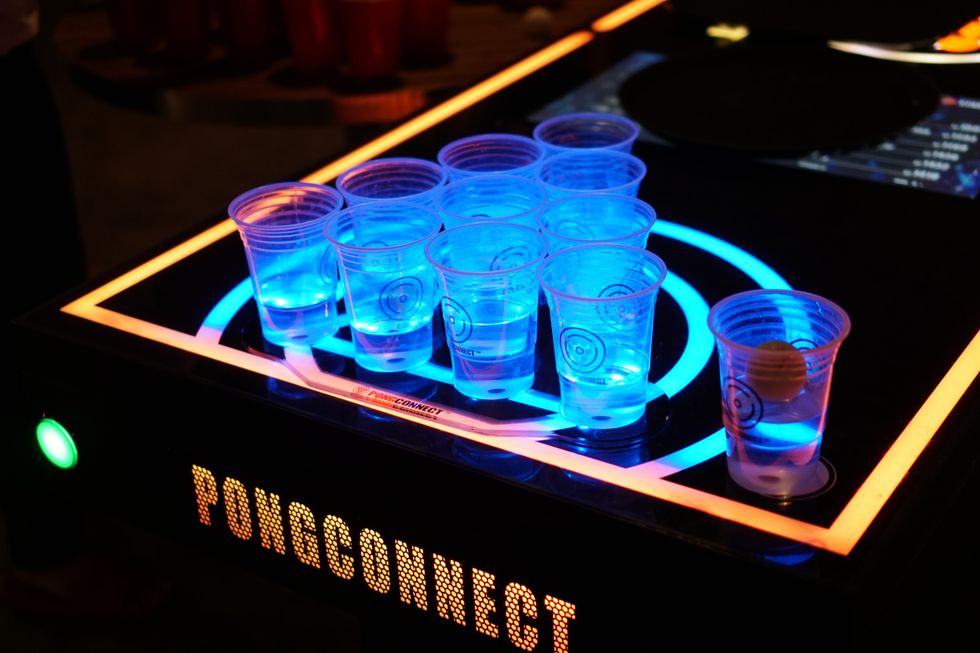 The Best Weed Smoking Games to Play
The Best Weed Smoking Games to Play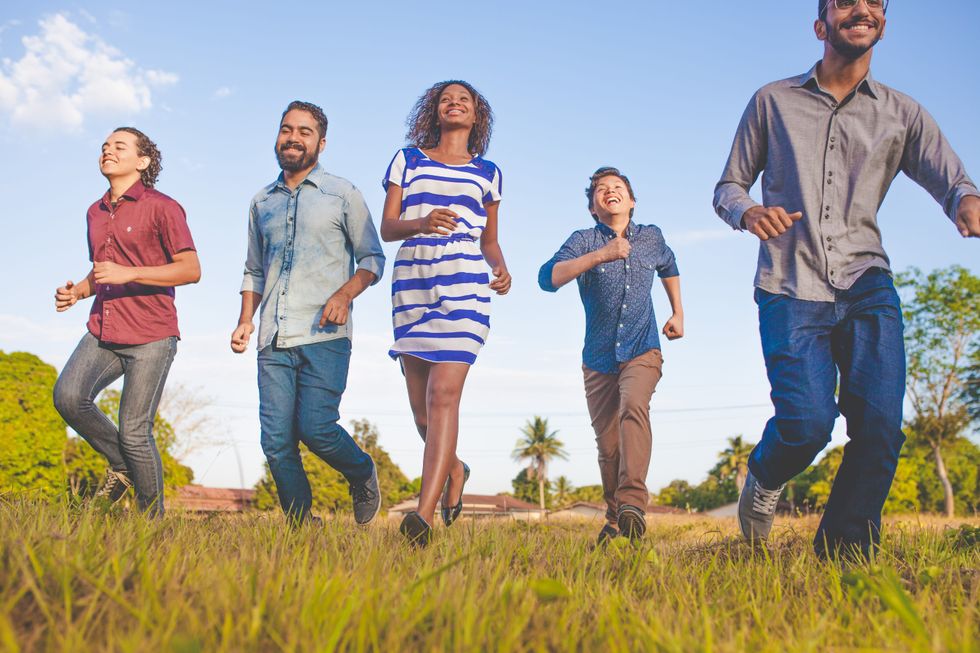 The Best Weed Games to Play
The Best Weed Games to Play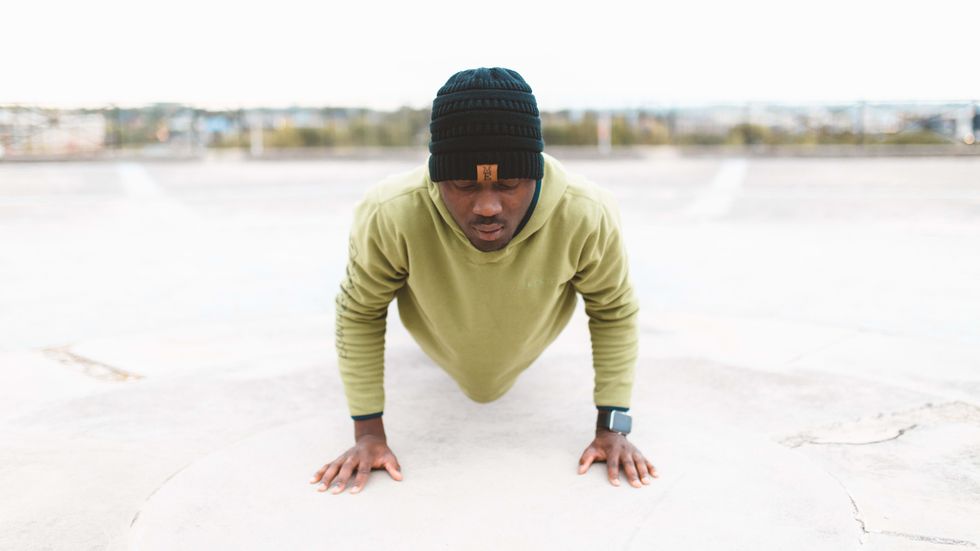 The Best Weed Smoking Games to Try
The Best Weed Smoking Games to Try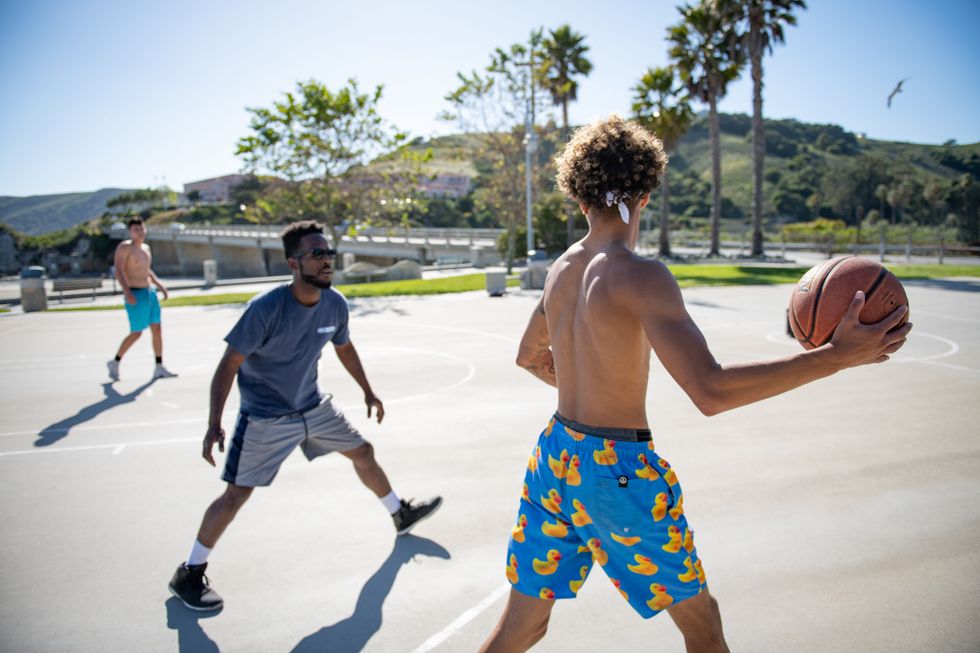 The Best Weed Smoking Games to Play
The Best Weed Smoking Games to Play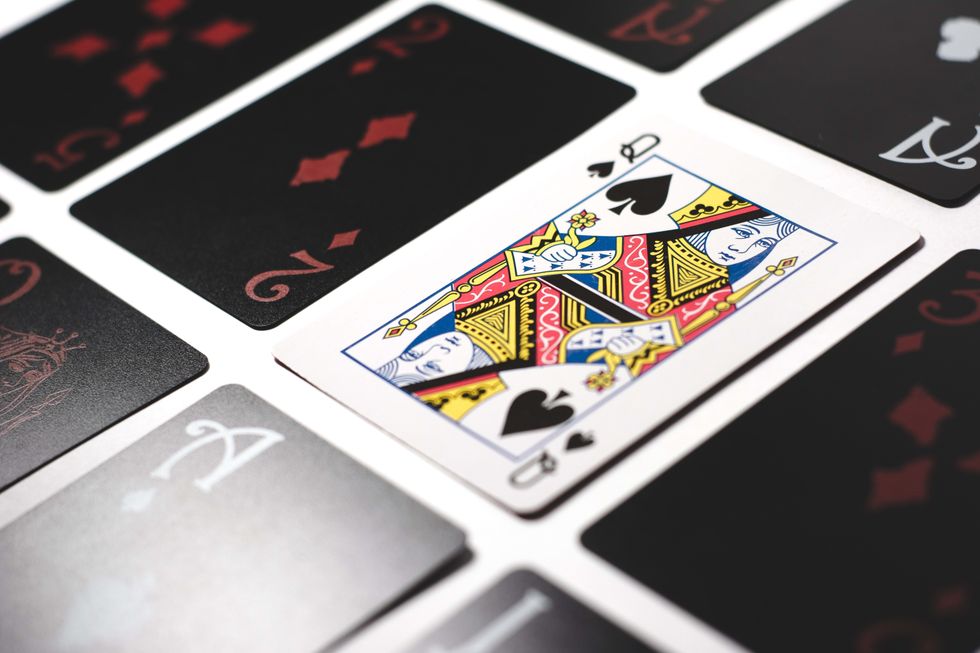 The Best Weed Smoking Games to Try
The Best Weed Smoking Games to Try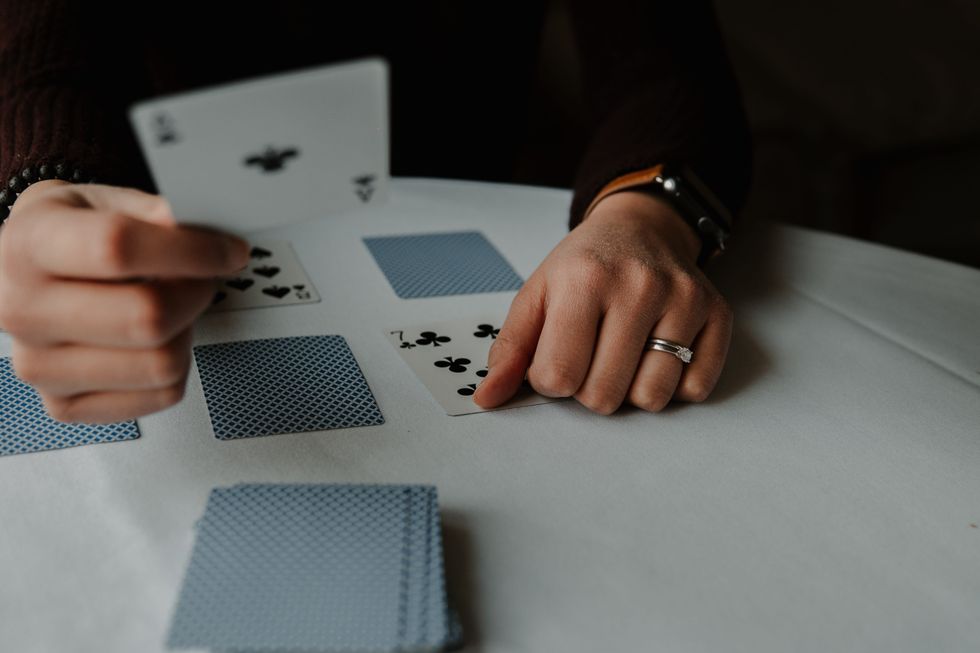 Games for Stoners
Games for Stoners 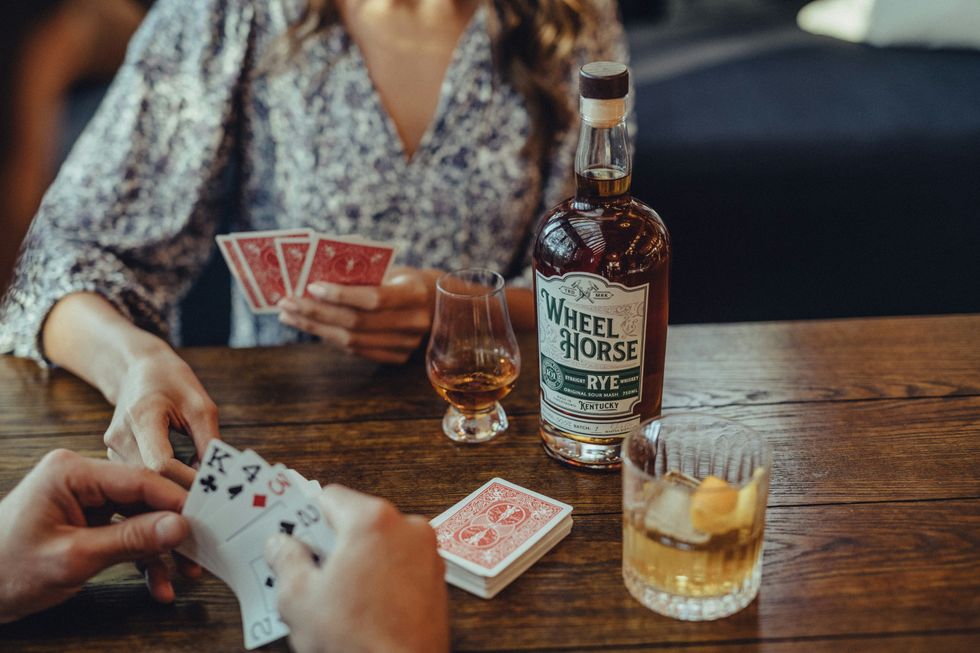 woman in white and blue floral shirt sitting beside woman in white and black floral shirtPhoto by
woman in white and blue floral shirt sitting beside woman in white and black floral shirtPhoto by 
 The Best Weed Smoking Games to Play
The Best Weed Smoking Games to Play
 The Best Weed Smoking Games to Try
The Best Weed Smoking Games to Try The Best Weed Smoking Games to Try
The Best Weed Smoking Games to Try world map with pinsPhoto by
world map with pinsPhoto by 
 The Best Weed Smoking Games to Try
The Best Weed Smoking Games to Try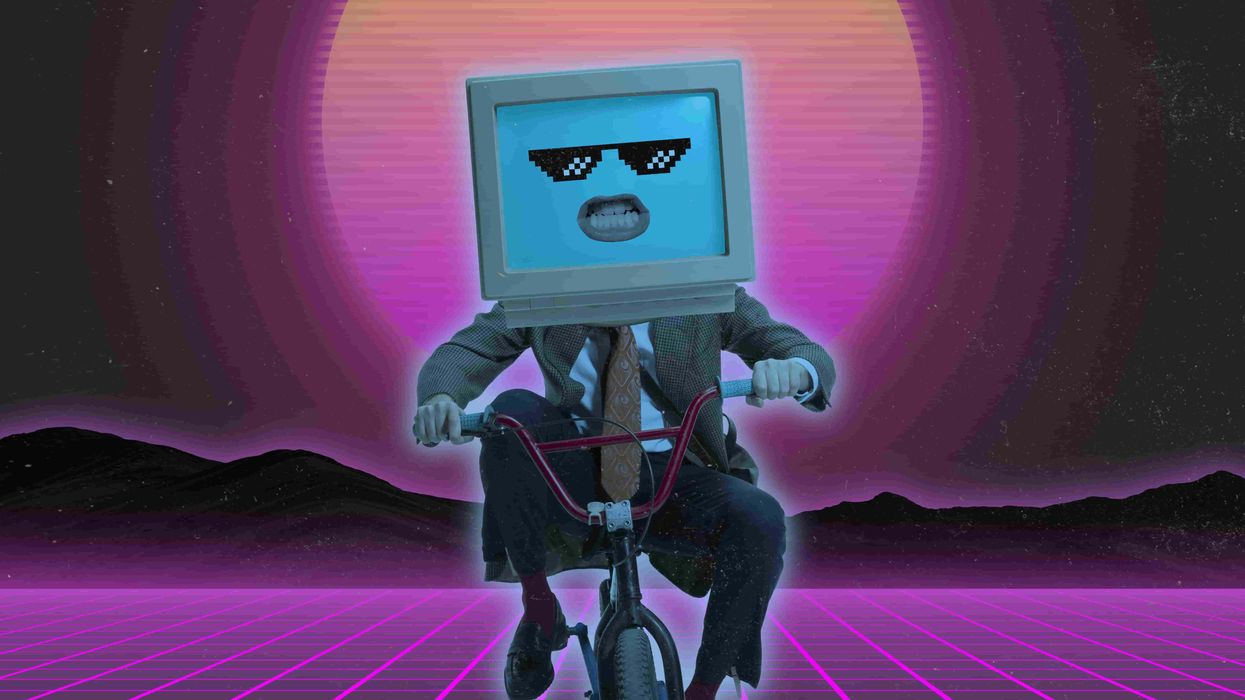
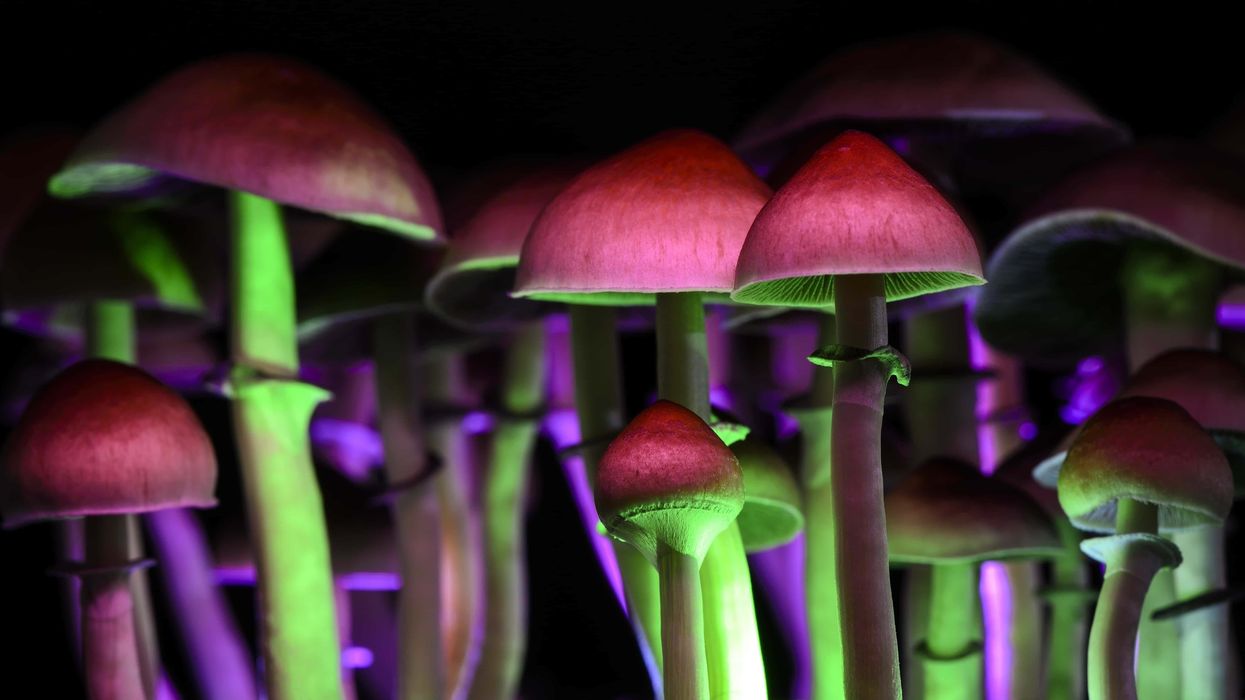


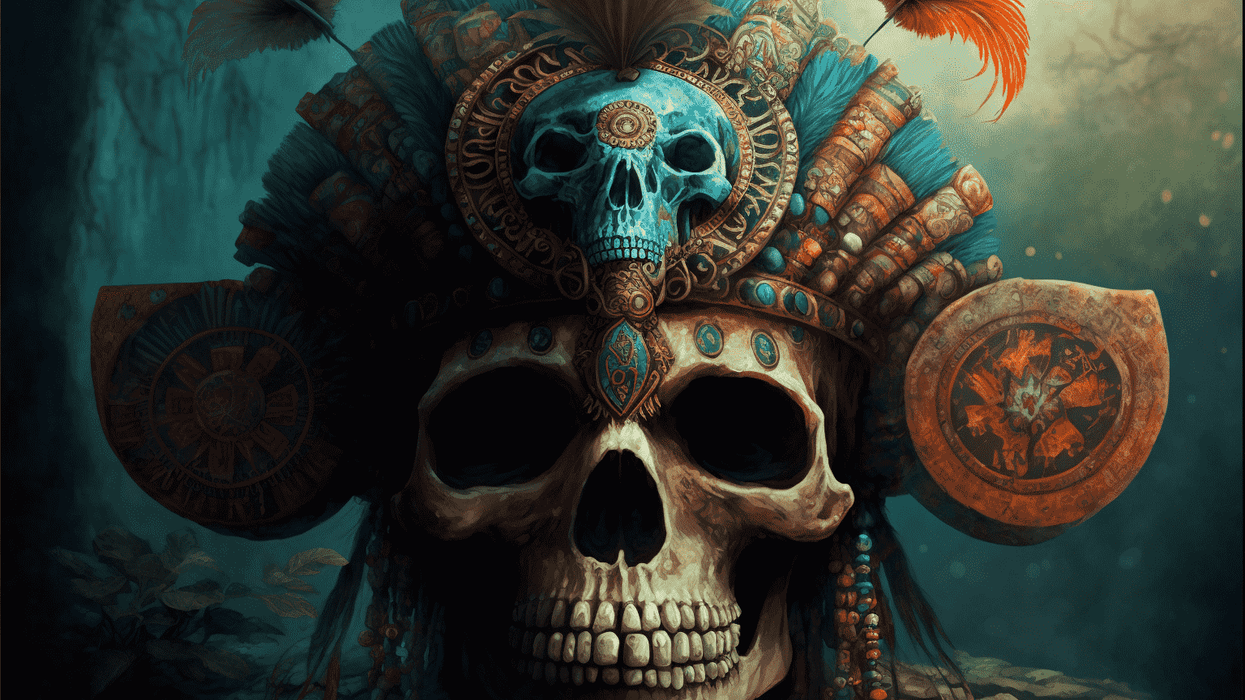
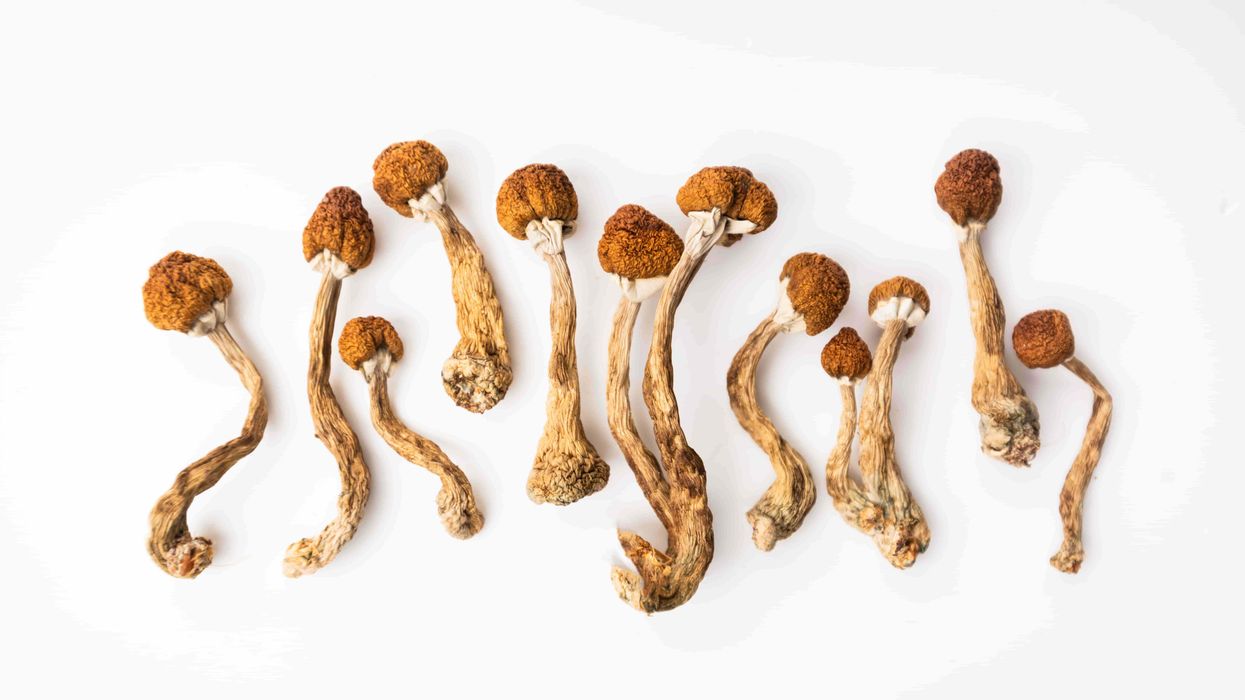

 The Truth About THC Candle: Cannabis Candles & How to Make Your Own - The Bluntness
Photo by
The Truth About THC Candle: Cannabis Candles & How to Make Your Own - The Bluntness
Photo by 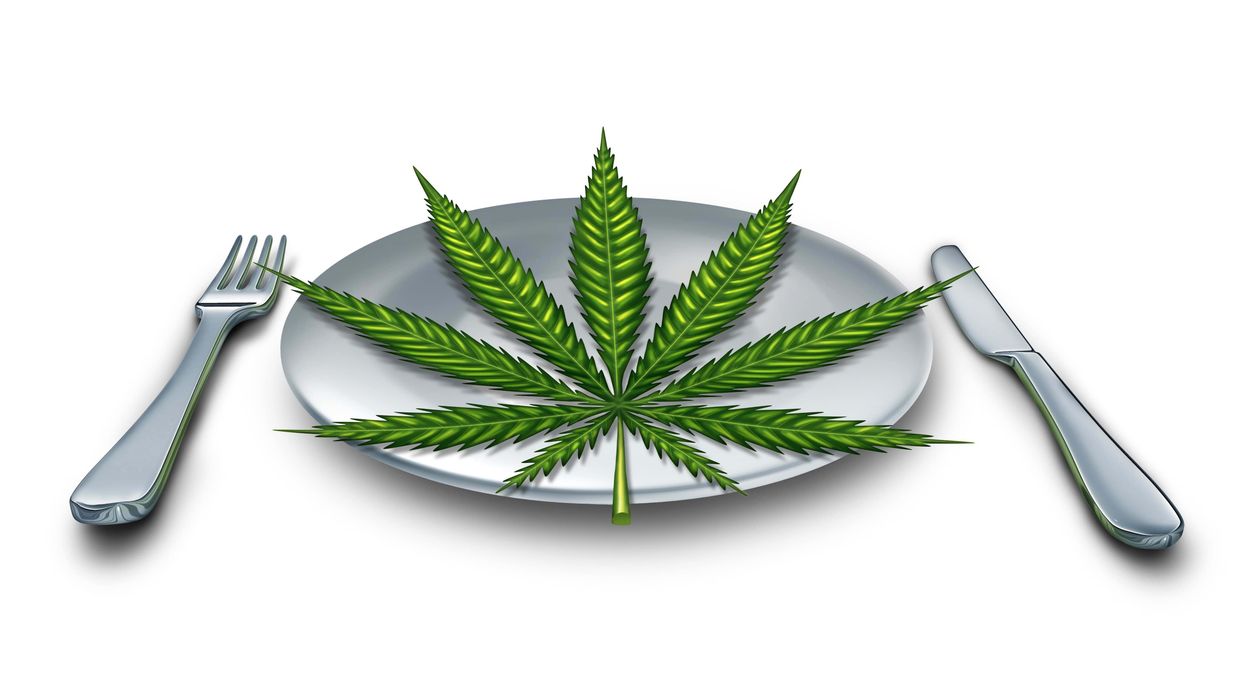
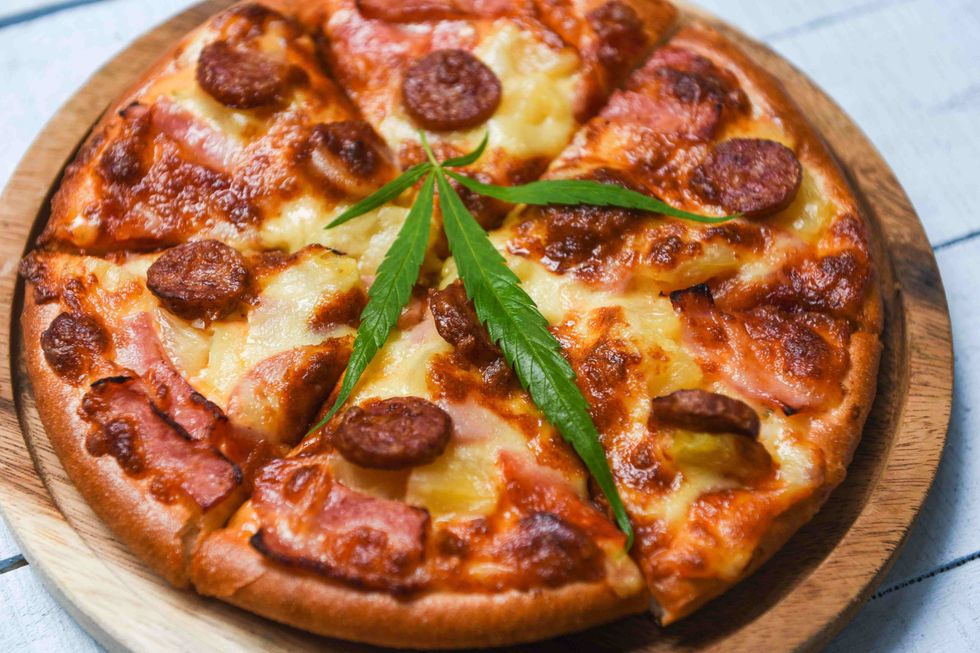 Cannabis can actually be infused into almost any type of food.
Cannabis can actually be infused into almost any type of food.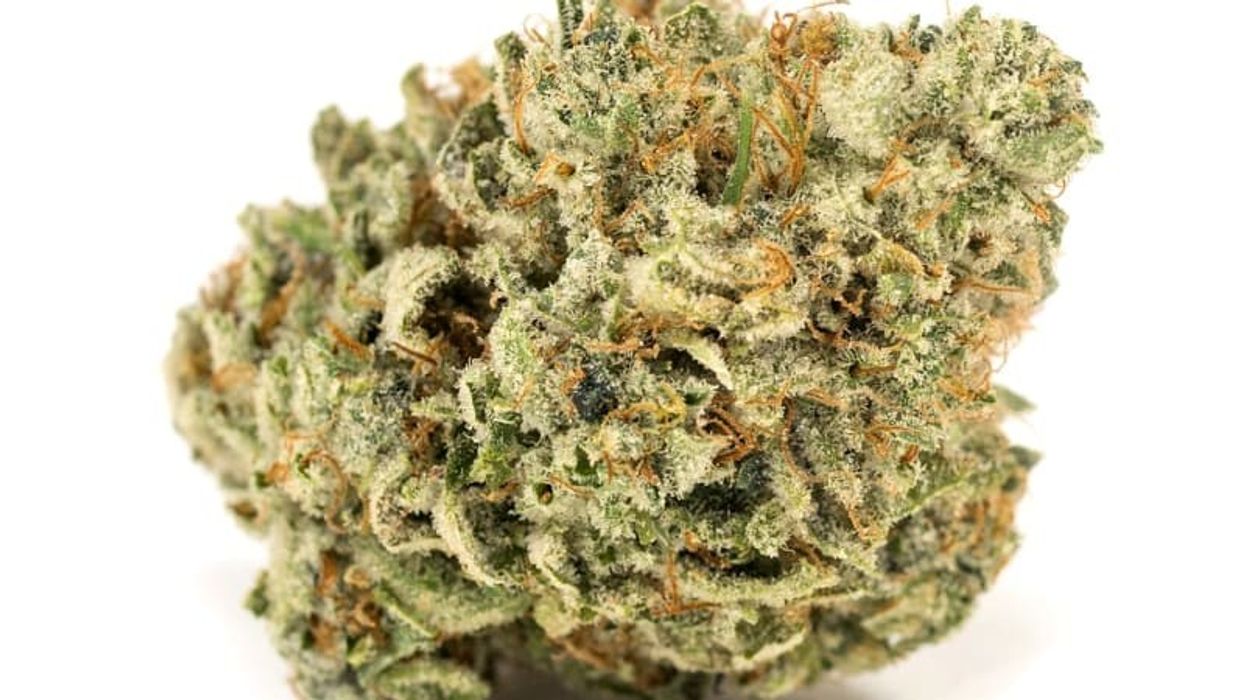
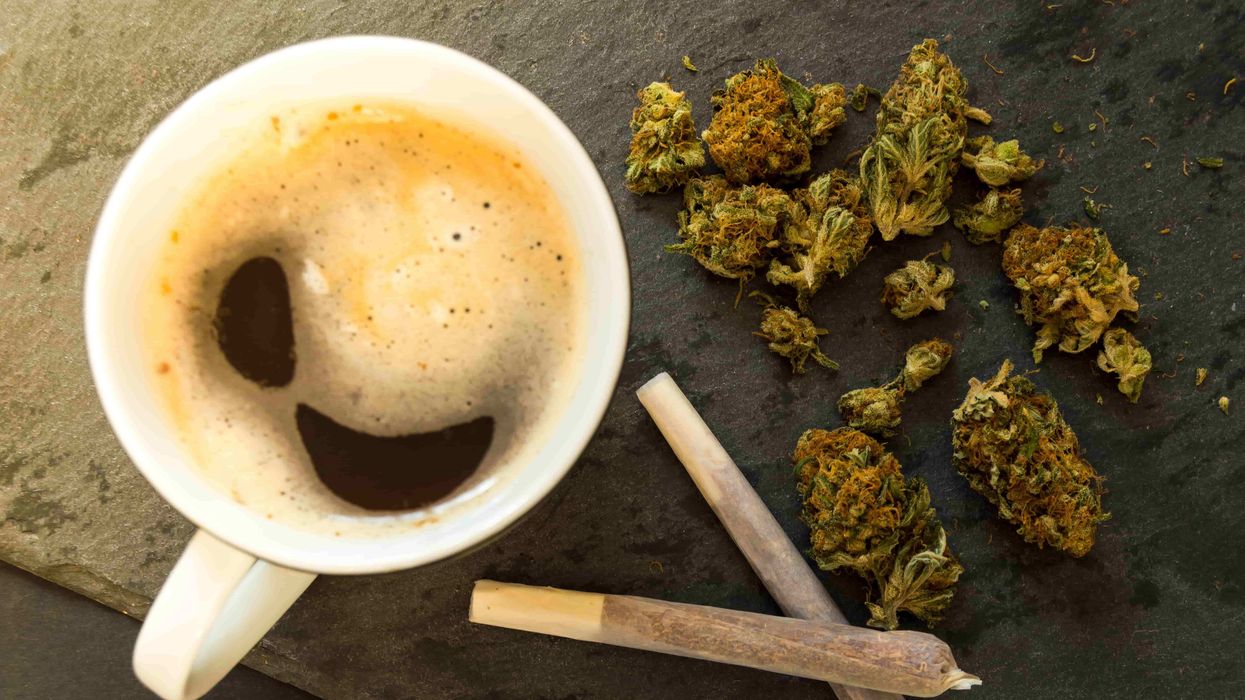
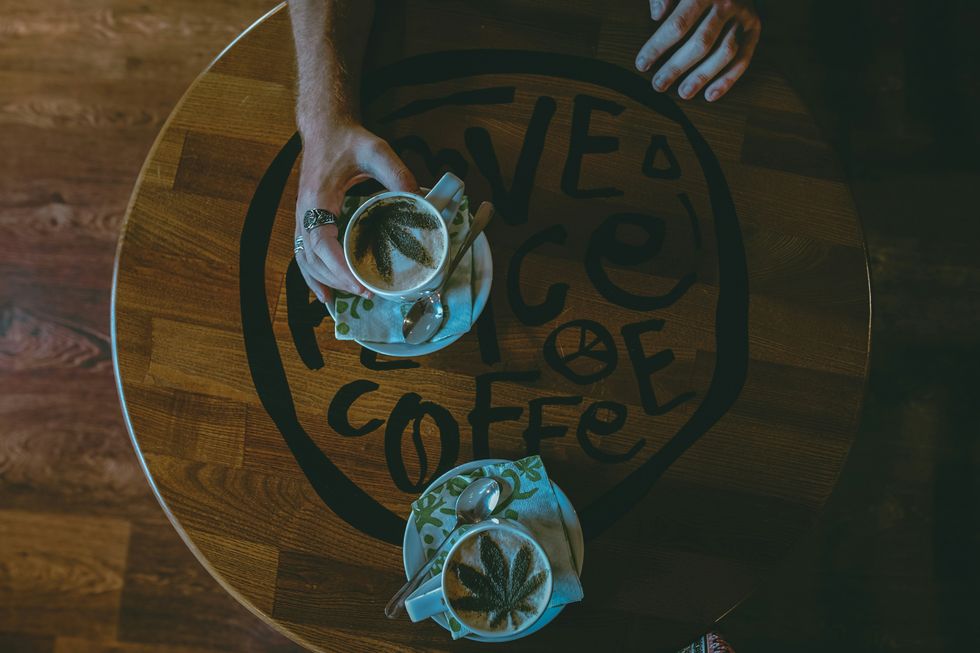 Coffee & Weed: A Modern Spin on the Hippie Speedball - The Bluntness
Photo by
Coffee & Weed: A Modern Spin on the Hippie Speedball - The Bluntness
Photo by 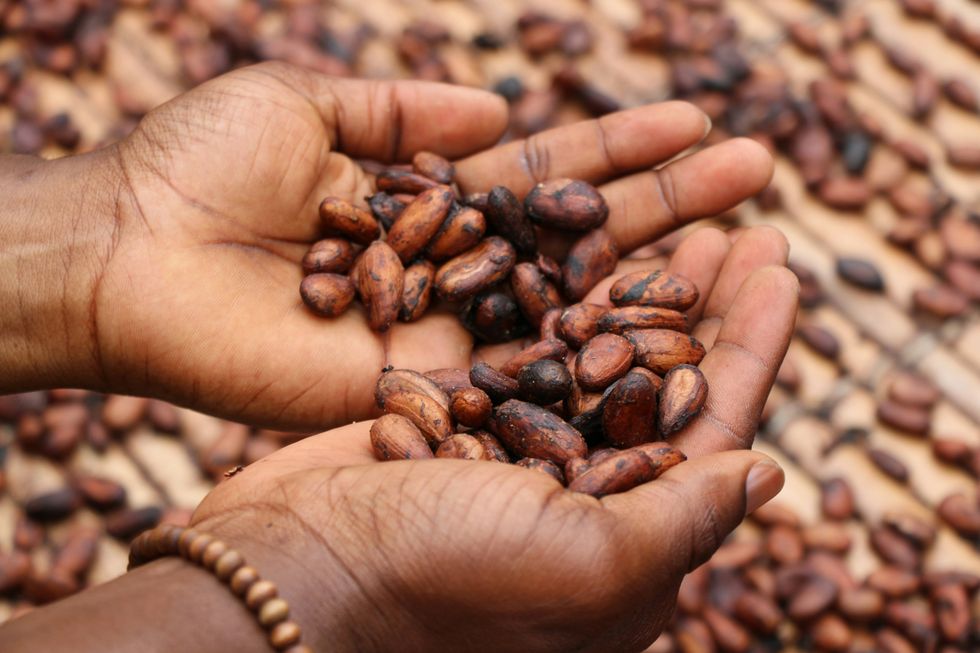 Coffee & Weed: A Modern Spin on the Hippie Speedball - The Bluntness
Photo by
Coffee & Weed: A Modern Spin on the Hippie Speedball - The Bluntness
Photo by  Coffee & Weed: A Modern Spin on the Hippie Speedball - The Bluntness
Photo by
Coffee & Weed: A Modern Spin on the Hippie Speedball - The Bluntness
Photo by